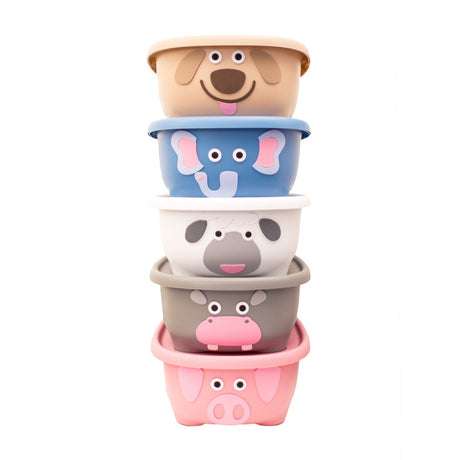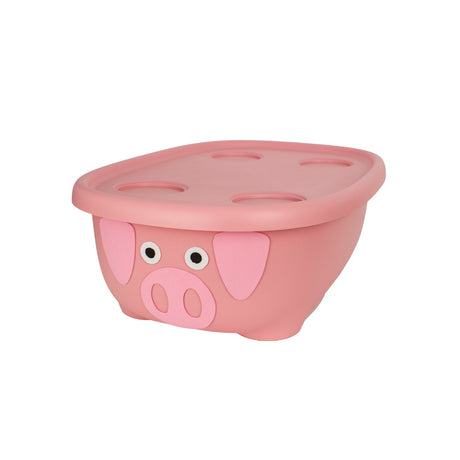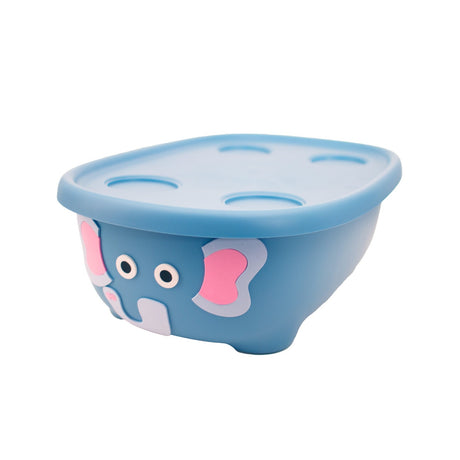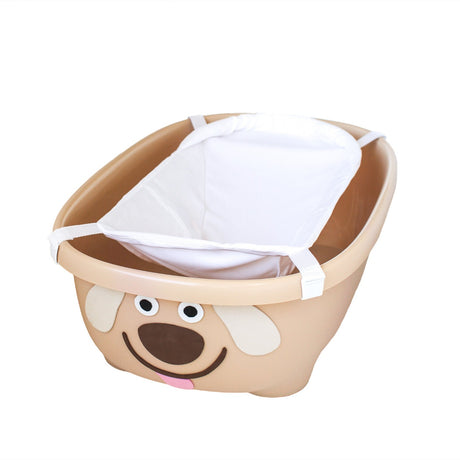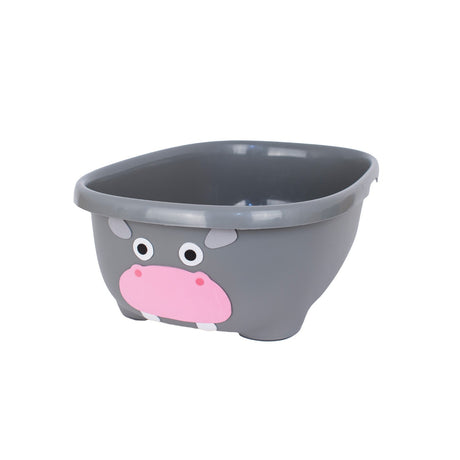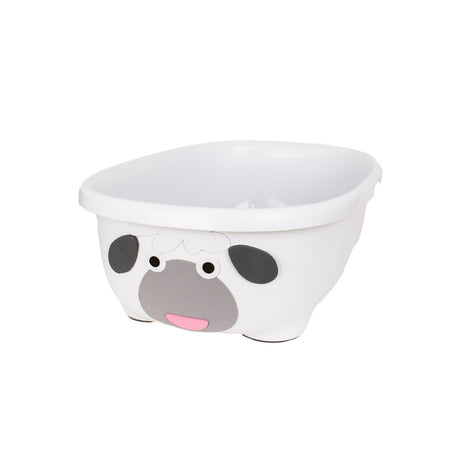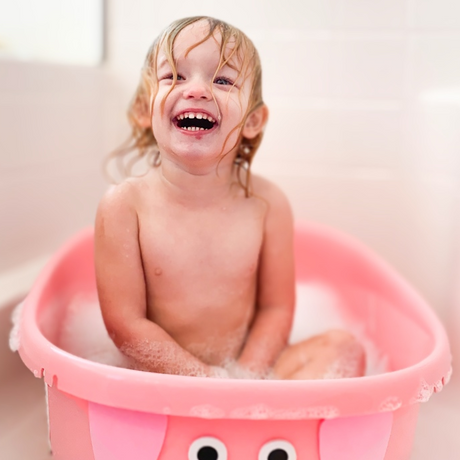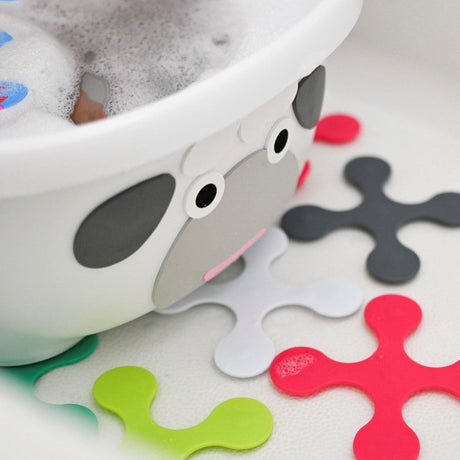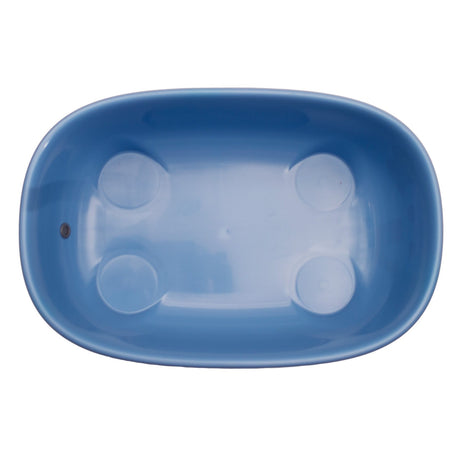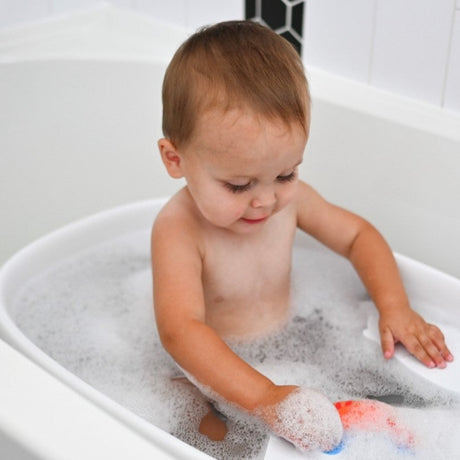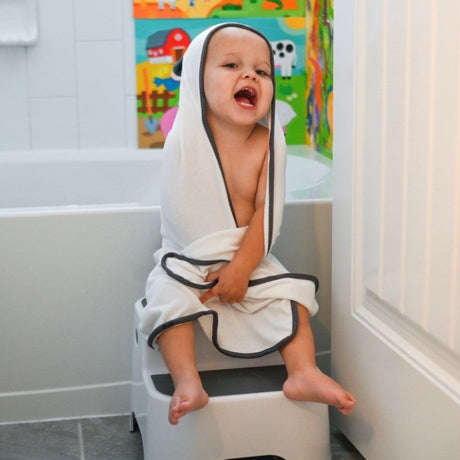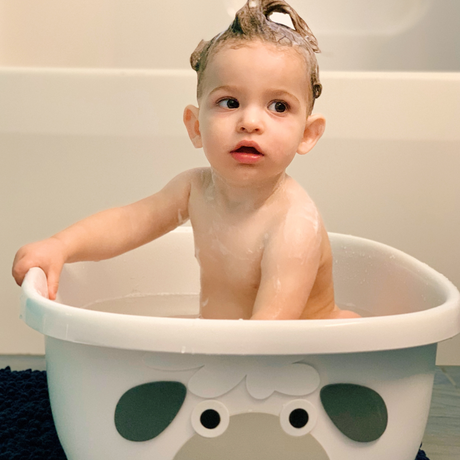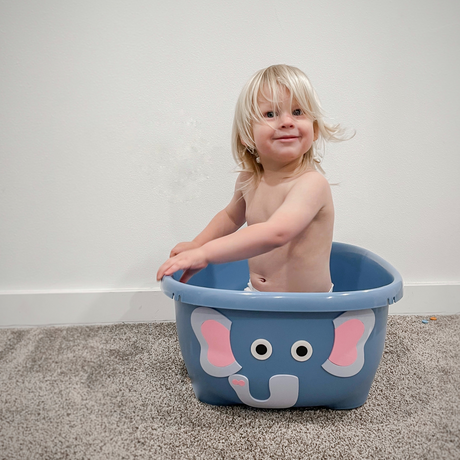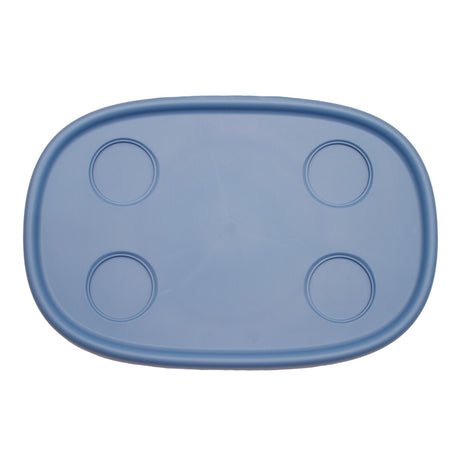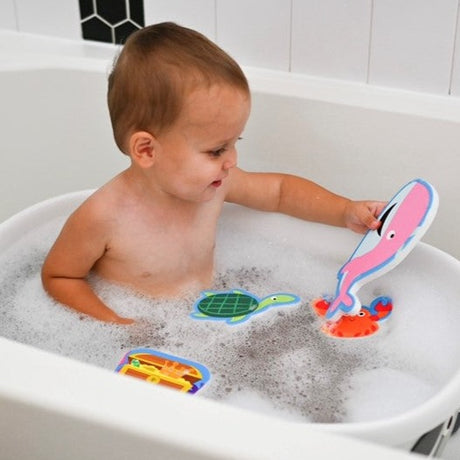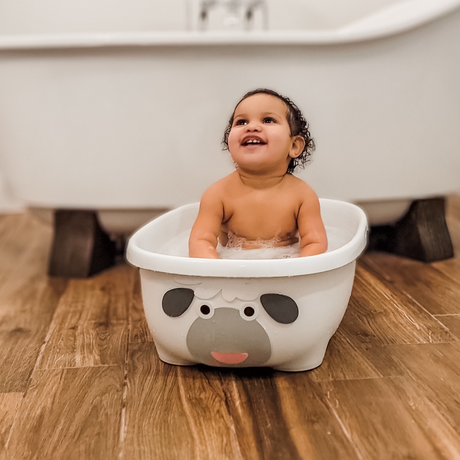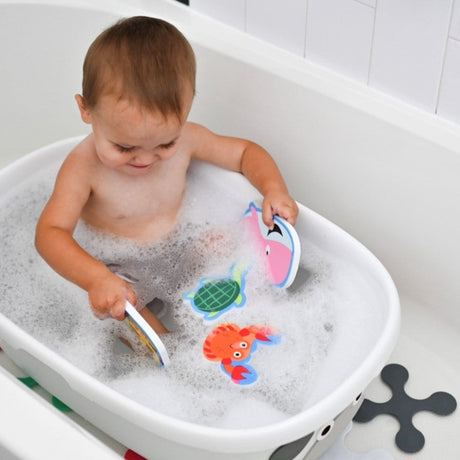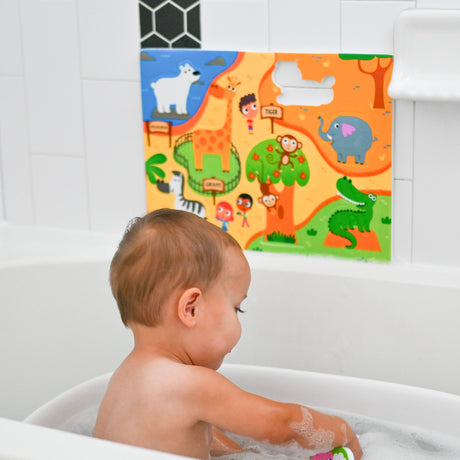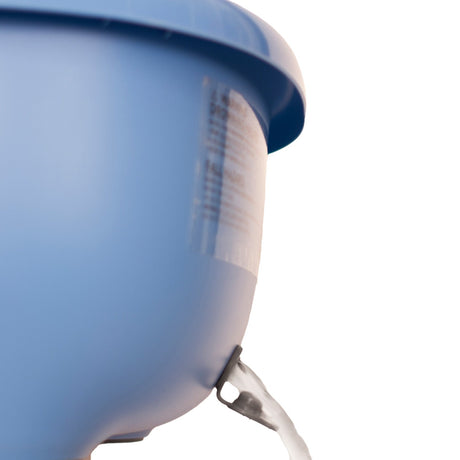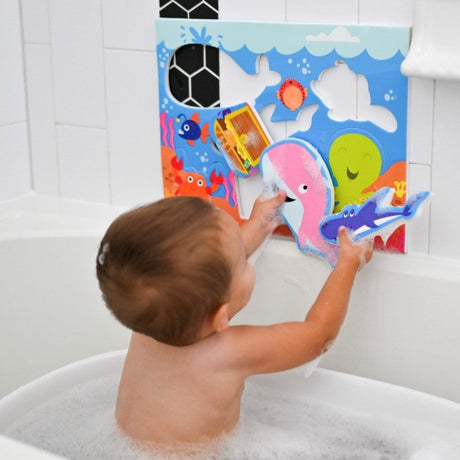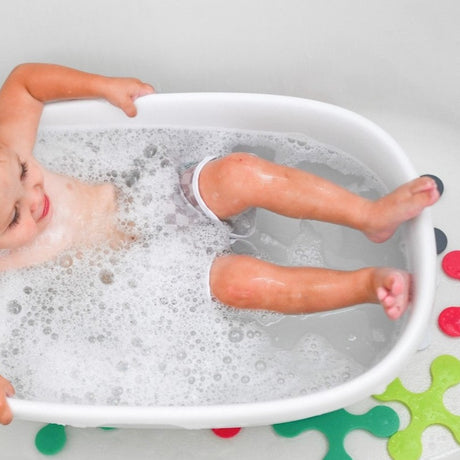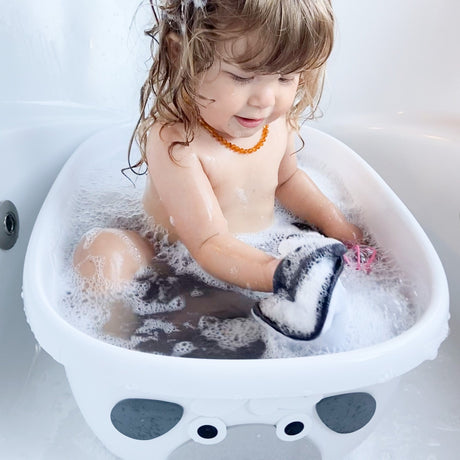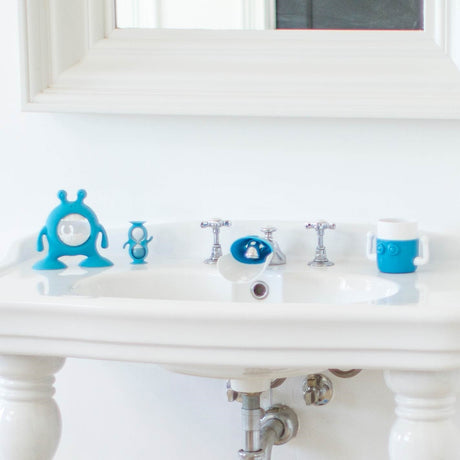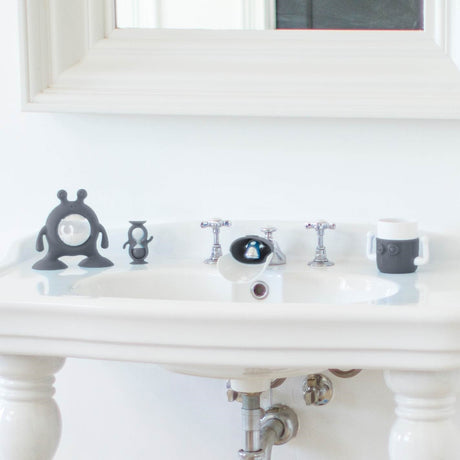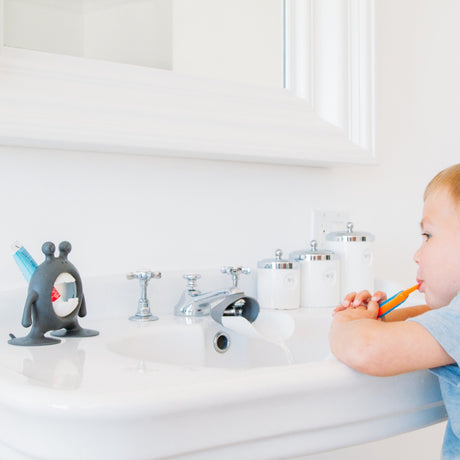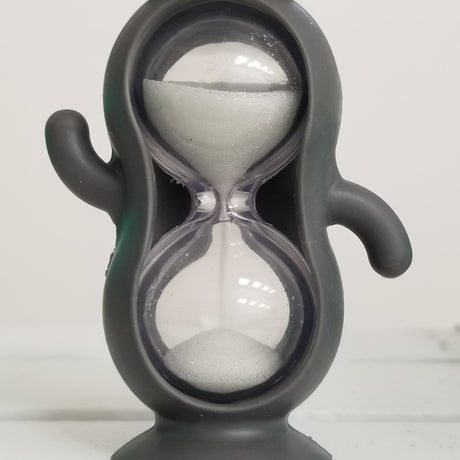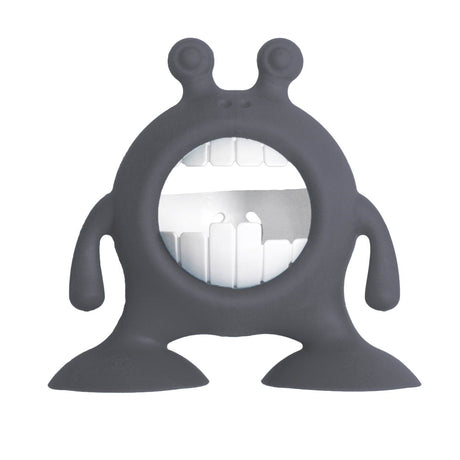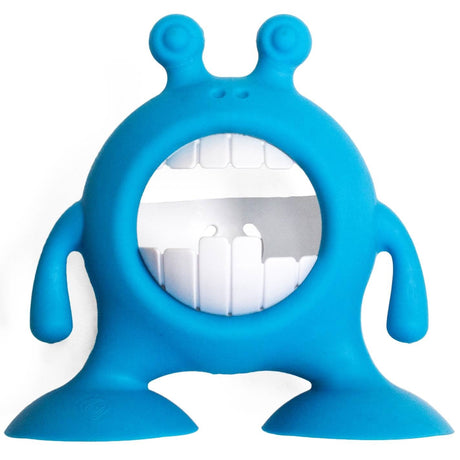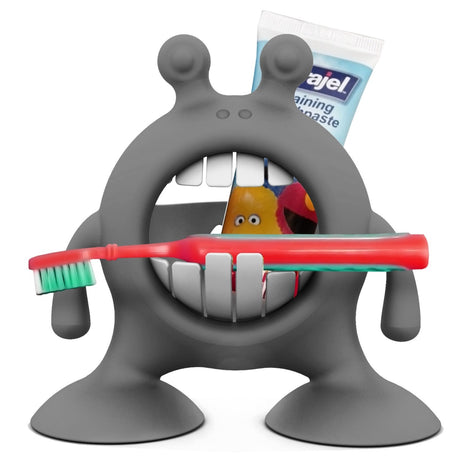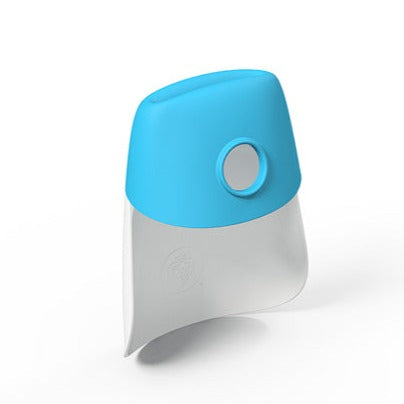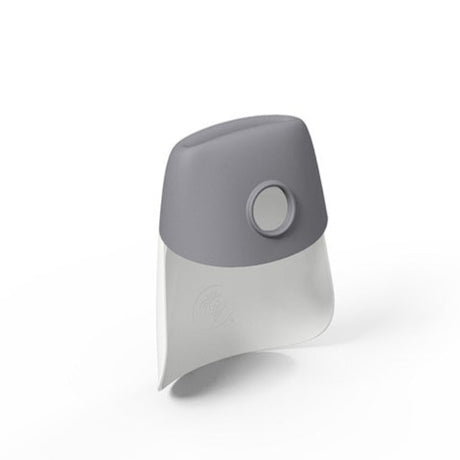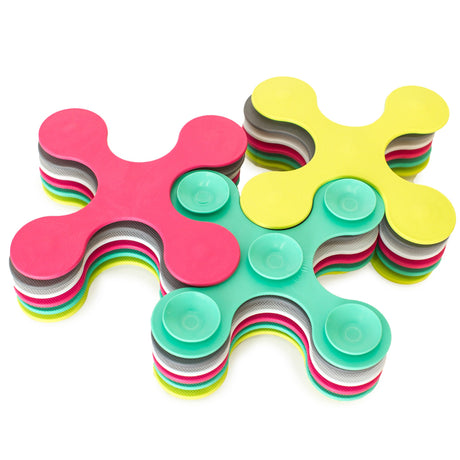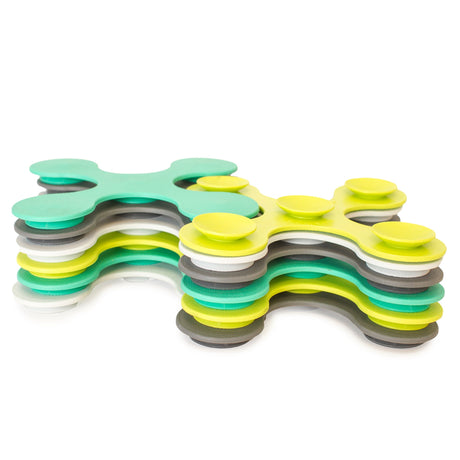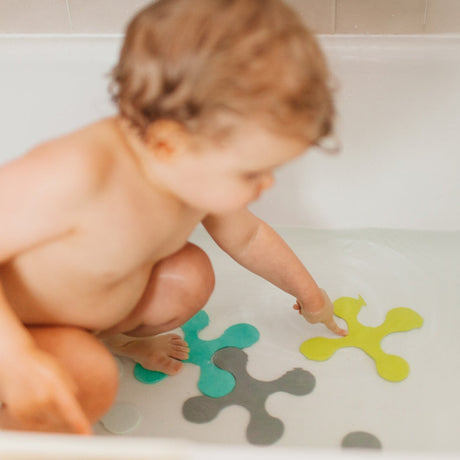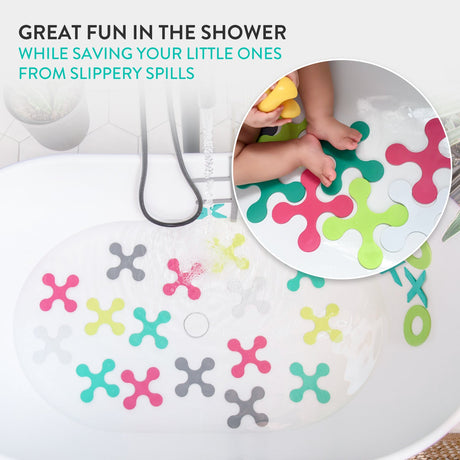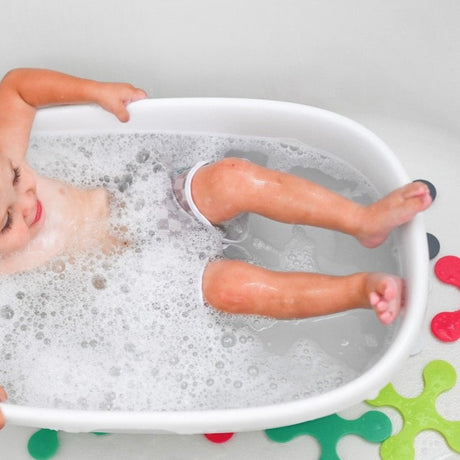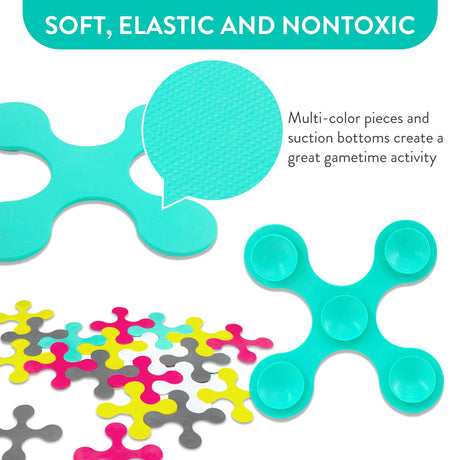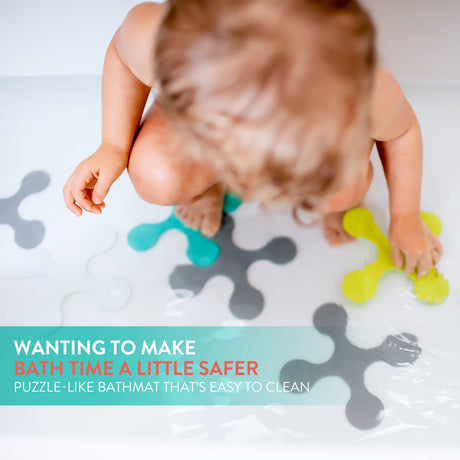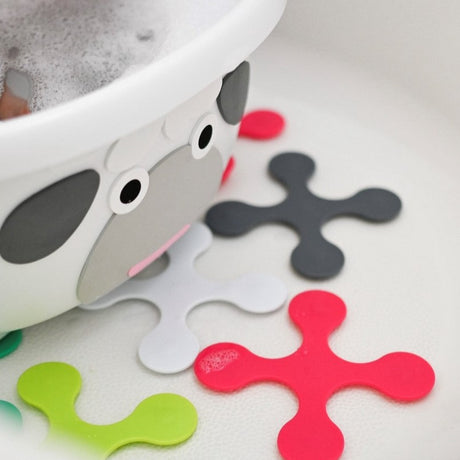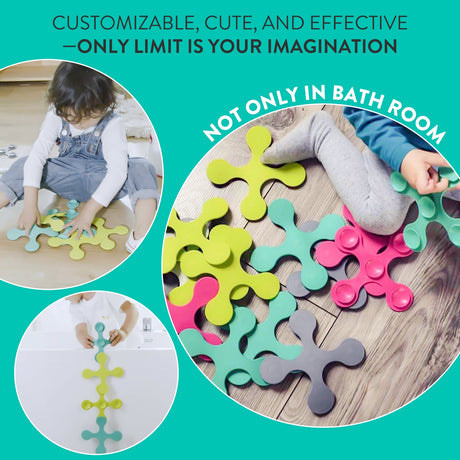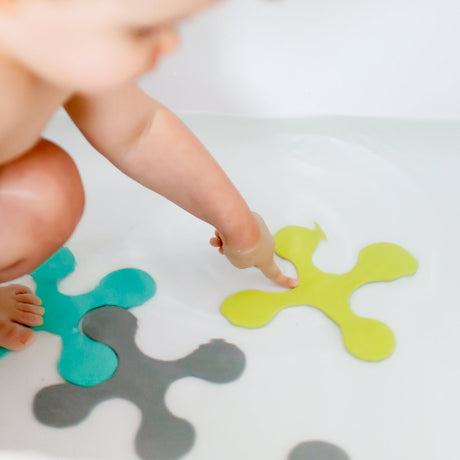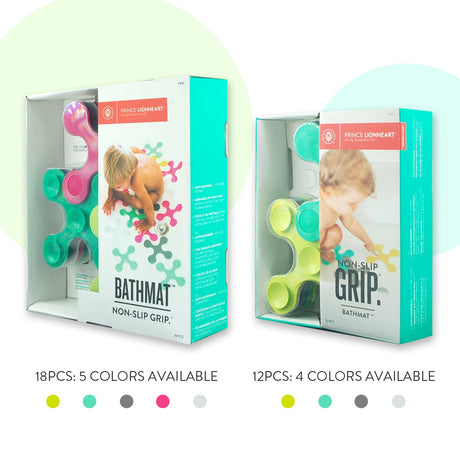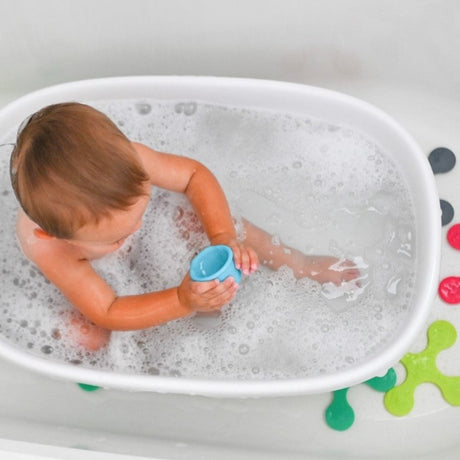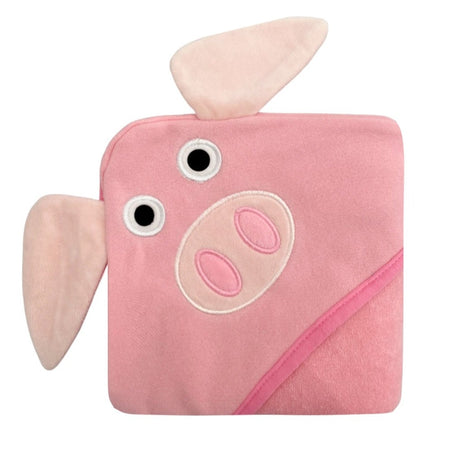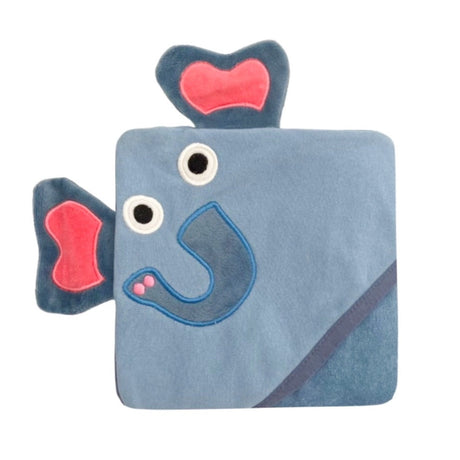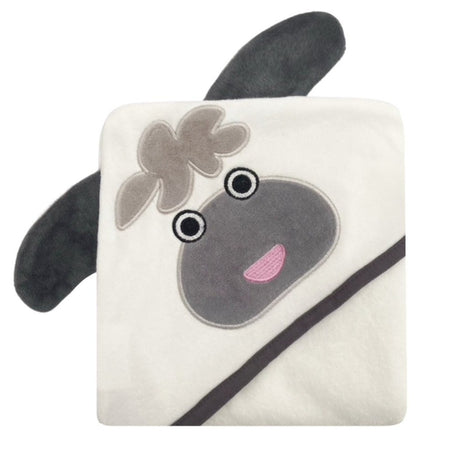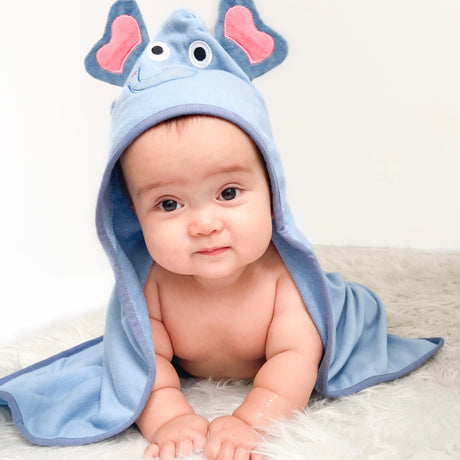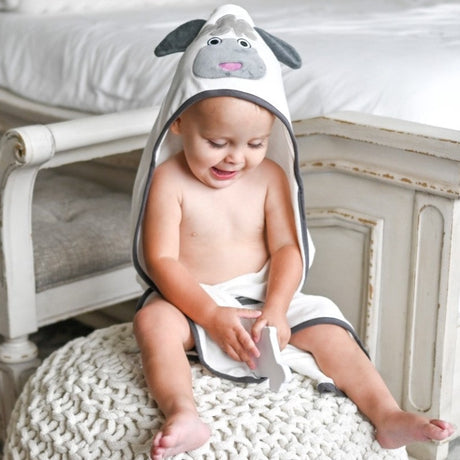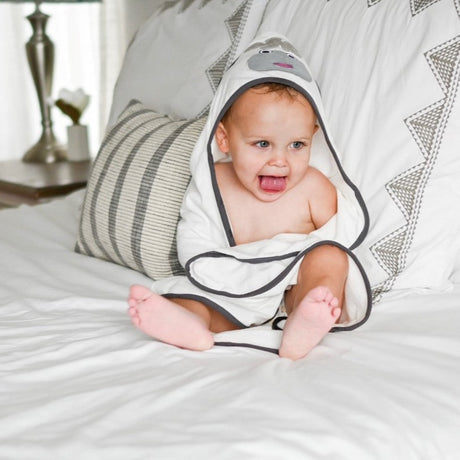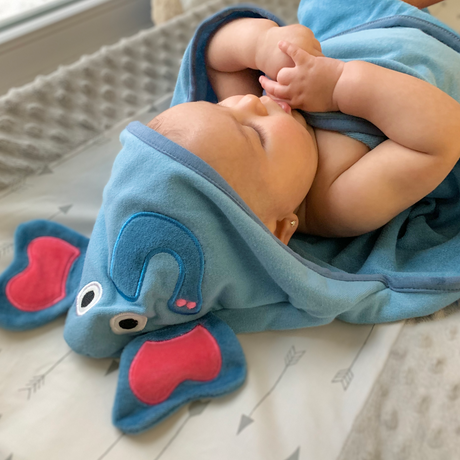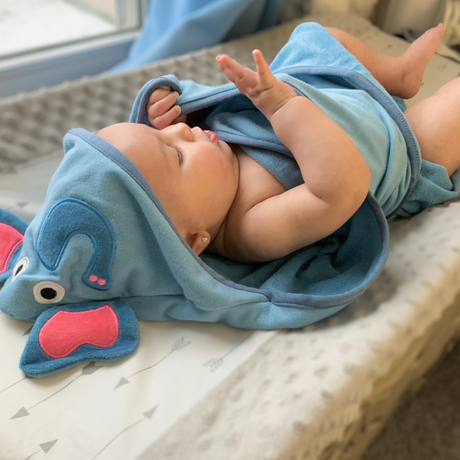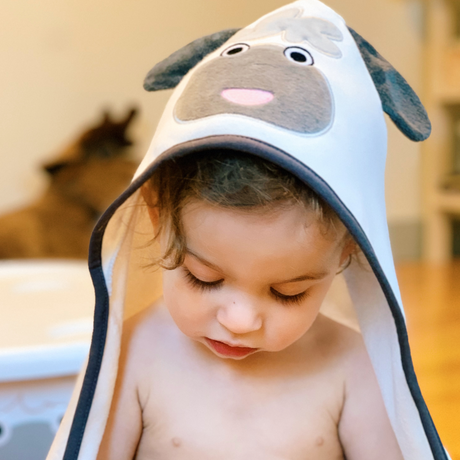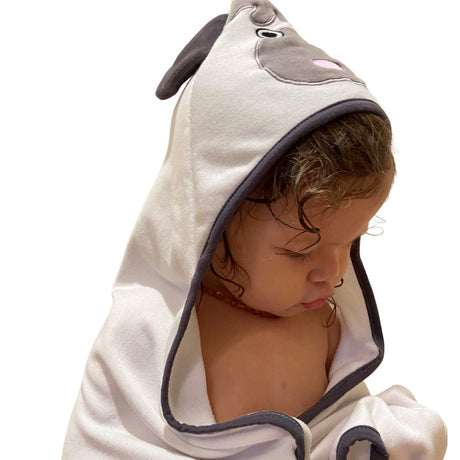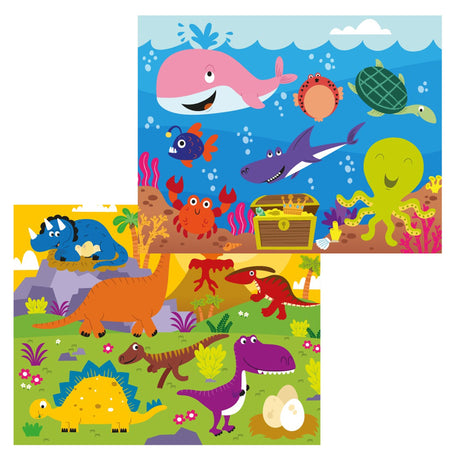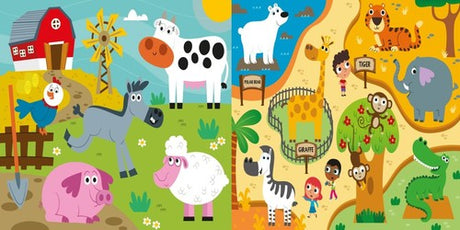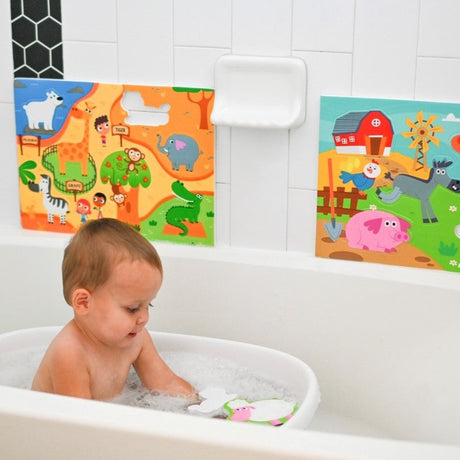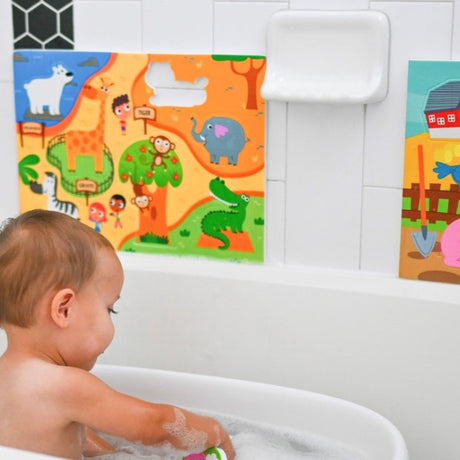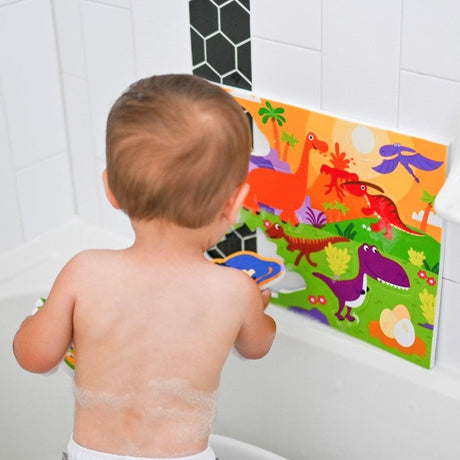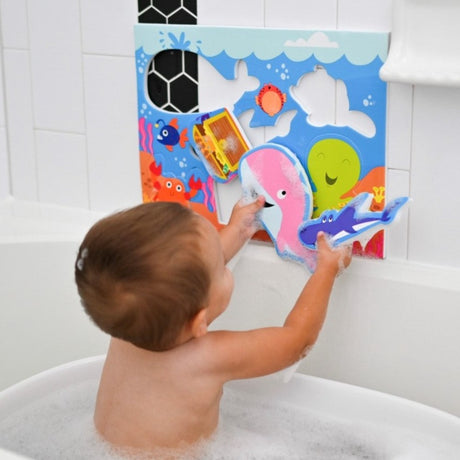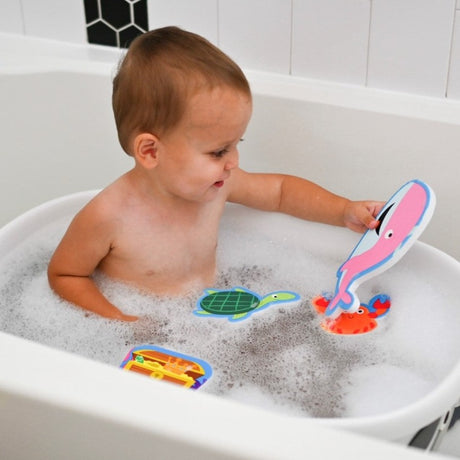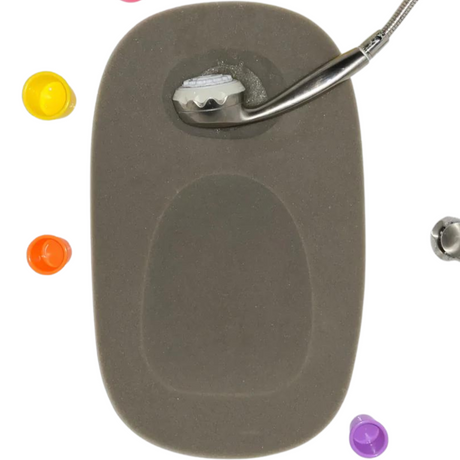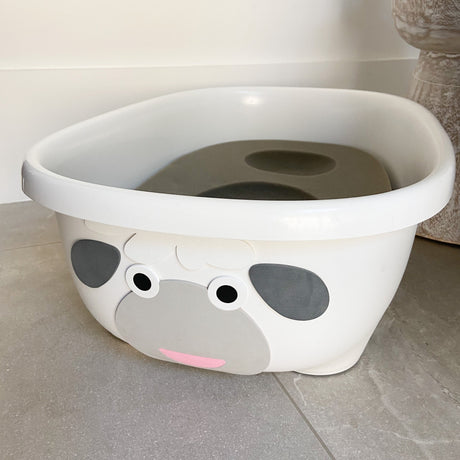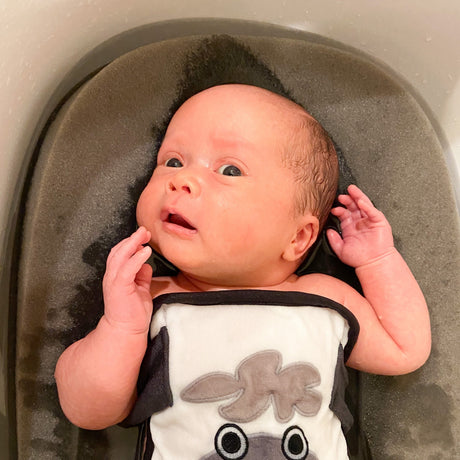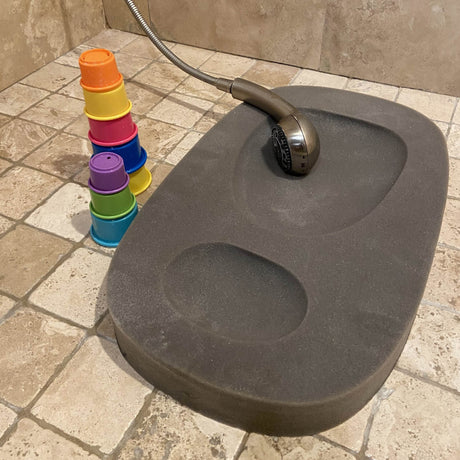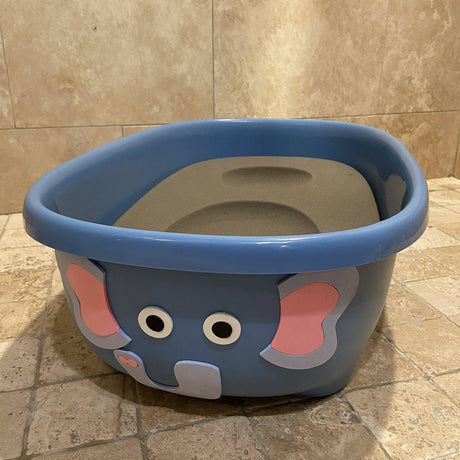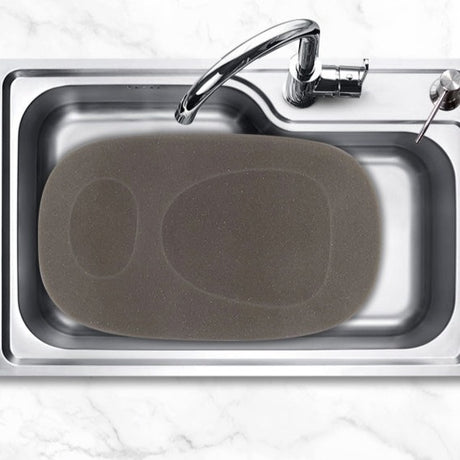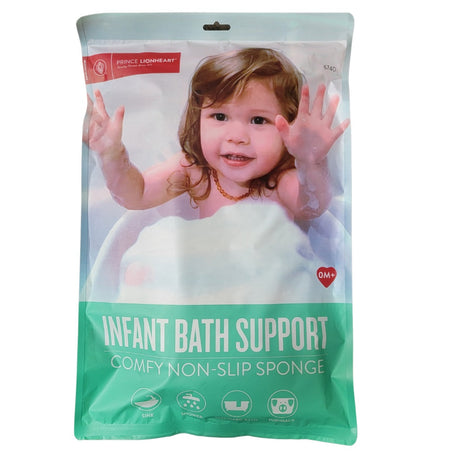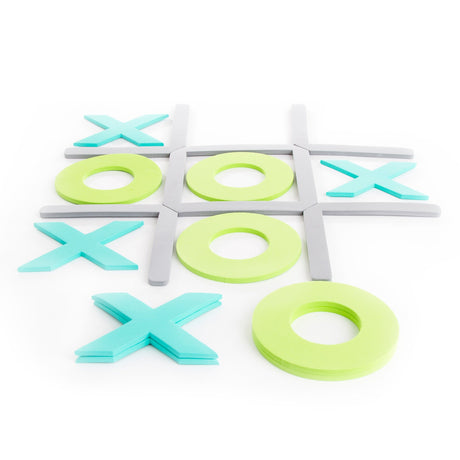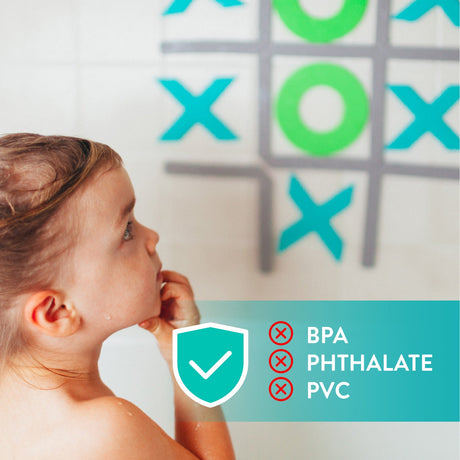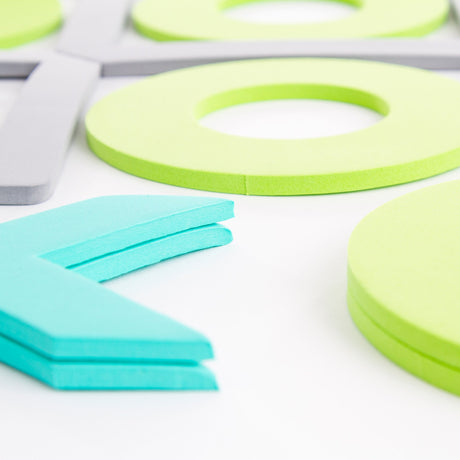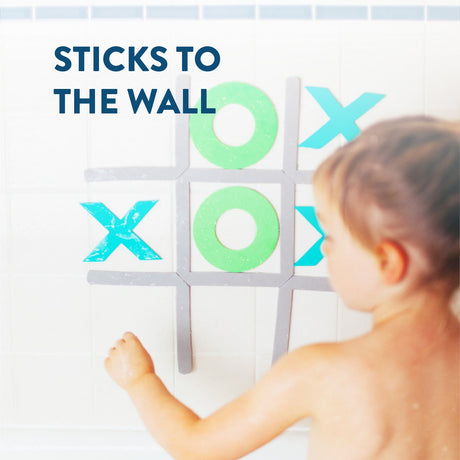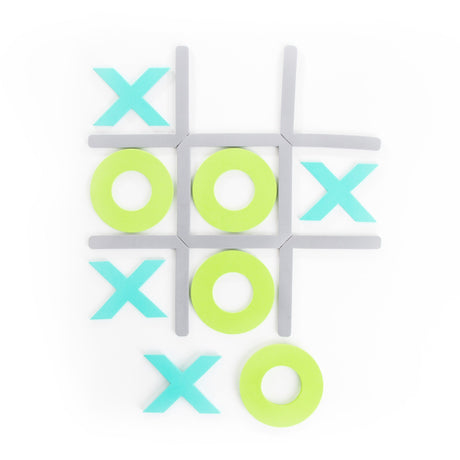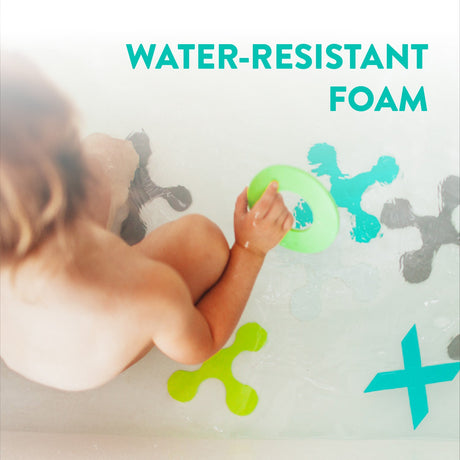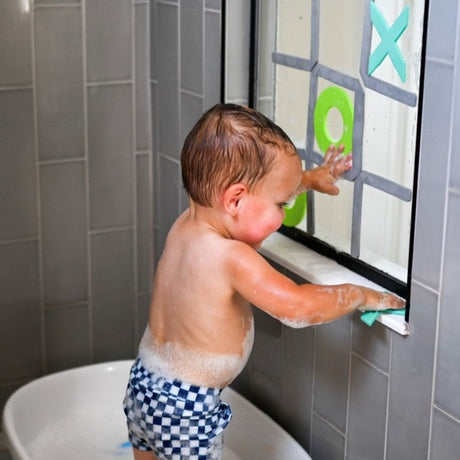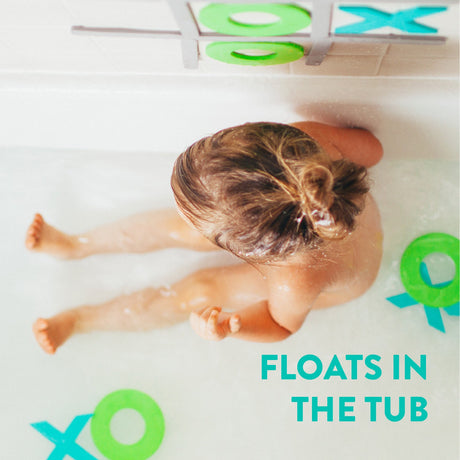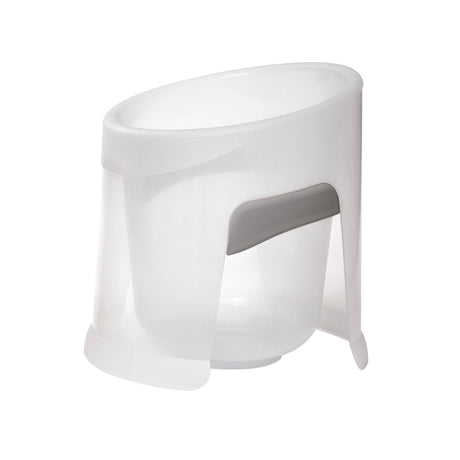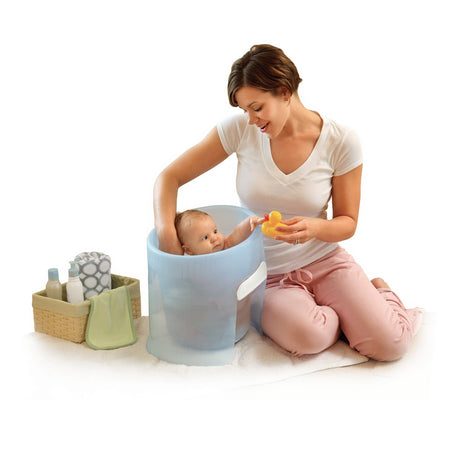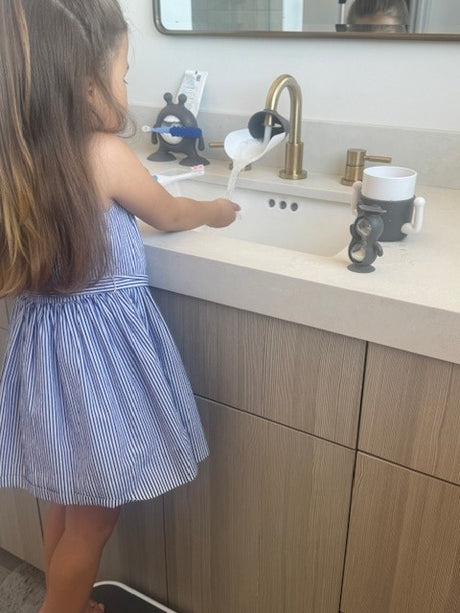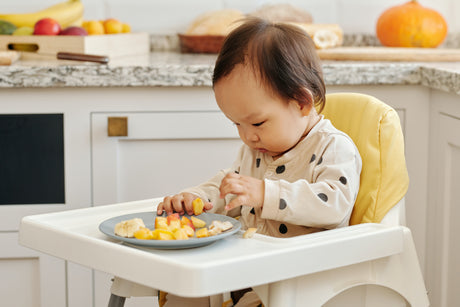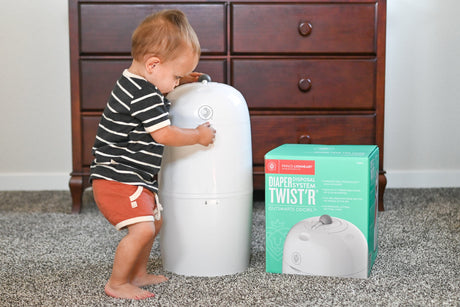Playing with your baby isn’t just about keeping them entertained—it’s a vital part of their development. Through play, babies learn about the world around them and start developing key skills such as motor coordination, problem-solving, and social interaction. In this guide, we’ll explore some effective ways you can use baby playtime at home to encourage your child’s growth and learning.
The Importance of Play in Early Childhood Development
Understanding the critical role play has in helping babies develop cognitively, physically, and emotionally can guide how we engage with our little ones. Play allows babies to explore their environment and learn new skills in a safe and supportive manner. It’s during this playtime that babies’ imagination begins to unfold, allowing them to experiment with different sounds, sights, and even tastes. Babies learn to solve simple problems and begin to understand their own and others’ emotions. In short, it’s through play that babies start to make sense of the world around them, developing essential cognitive frameworks.
Moreover, engaging in play with your baby not only stimulates their brain but also sets the foundation for positive interaction patterns. Babies are likely to be intrigued by their caregivers, and this interaction becomes the groundwork for social relationships. Through pretend play, parents can help their babies develop language skills and a sense of agency over their environment. It’s also a beautiful time to bond, making play a reciprocal enjoyment for both baby and caregiver.
As babies play, they also start to build their self-confidence by discovering their abilities. They realize they can influence their surroundings, whether by making a noise or causing a toy to move. All these experiences contribute to their growing sense of self and improve their social and emotional intelligence. The importance of creating an environment that encourages exploration and play cannot be overstated; it’s the cornerstone of enduring development.
Simple Play Activities to Stimulate Cognitive Growth
Cognitive development in babies can be enriched through activities that engage their senses and curiosity. Simple games like peek-a-boo help in understanding permanence, while sensory play using different textures, sounds, and colors aids in sensory differentiation. Such activities are vital as they form the basis for more complex forms of learning later in life, like reading and problem-solving.
Introducing your baby to various sounds – from the rustle of leaves to the melody of a nursery rhyme – fosters auditory growth and language skills. Visual stimuli, such as watching mobiles or colorful board books, capture a baby’s attention and help them track movement with their eyes, thereby aiding in visual development.
Utilizing everyday objects as learning tools can also be highly beneficial. For example, kitchen utensils can become fascinating objects of discovery. Babies can learn about cause and effect by witnessing what happens when a spoon is dropped on the floor or when pots bang together to make noise. These simple experiments will keep your baby engaged while supporting cognitive milestones in development.
Encouraging Physical Development Through Movement
Regarding physical development, activities facilitating movement are pivotal for strengthening a baby’s gross motor skills. These skills, essential for crawling, standing, and walking, begin with simple activities like tummy time, which strengthens their neck and shoulder muscles. Babies who regularly engage in tummy time often reach other physical milestones, such as rolling and sitting up, earlier and with greater ease.
Gradually introducing play that involves reaching for toys can encourage your little one to roll, further stimulating their physical growth. Soft, colorful balls and plush toys can be enticing objects for babies, motivating them to stretch and move in new ways, fostering eye-hand coordination, and refining motor skills. As outlined in the Prince Lionheart development guide, developmentally appropriate toys provide ample opportunity for babies to explore and advance their abilities in a play-focused environment.
Remember, a baby’s self-initiated movement is integral to their confidence. Gently encouraging them to pull themselves up using furniture not only bolsters muscle tone but also helps improve balance and coordination. Provide soft mats or a safe carpeted area to let them freely practice these new movements, assured of a safe landing if they topple over. For babies, the journey from initial wiggles to first steps is full of exploration and delight, with each small victory laying the foundation for future activity.
Fostering Social and Emotional Growth Through Interactive Play
Interactive play is a powerful tool for fostering social and emotional development in babies. Through it, babies begin to perceive the concept of give-and-take in relationships. Simple, interactive games like playing ‘pat-a-cake’ or pretending to feed a doll teach babies about communication and empathy, important elements as they foster their first friendships.
Mimicking expressions or creating different facial expressions during play helps babies learn to understand emotions. They gradually learn to associate certain expressions with feelings such as happiness, surprise, or sadness. Studies show this type of play can enhance a baby’s ability to read emotional cues, an important skill that develops during childhood.
There’s also an opportunity for you to model social skills. Narrating your actions or vocalizing your thoughts during play enables babies to pick up on language and social nuances. This reciprocal interaction makes your baby feel understood and valued, reinforcing their emotional well-being. The Raising Children Network emphasizes how these interactions provide a foundation for babies to explore their emotions and understand social dynamics more deeply.
Creating a Safe and Stimulating Environment at Home
Establishing a safe and stimulating environment at home is crucial for your baby’s exploratory play. It’s vital to remember that safety doesn’t mean limiting exploration; instead, it offers a boundary within which your baby can freely discover. Remove small objects or potential hazards, and instead fill the area with safe, age-appropriate toys.
Versatile play items like stacking blocks or fabric tunnels present endless opportunities for creative engagement that promotes problem-solving. These toys encourage open-ended play, where your baby decides the role of each item. A simple cardboard box can transform into a race car, a fort, or a dollhouse. Collect creative supplies like crayons, cardboard tubes, and fabric scraps, which can serve as open-ended prompts for your baby’s imagination.
Arrange this area to invite play: keep it uncluttered and rotate toys regularly to maintain your baby’s interest. Ensure playthings reflect diverse textures and colors to engage curiosity. As your baby develops, you can adapt their play environment to include challenges, gradually building complexity and supporting growth through each developmental milestone. Such thoughtful preparation can make your play area a dynamic playground, encouraging development and delight every time.
Making Play a Daily Developmental Adventure
By integrating playful activities into your daily routine, you can make developmental learning part of your everyday interactions with your baby. Not only will you be supporting their growth, but you’ll also be strengthening the bond between you and your child. Remember, every moment of play is an opportunity to learn and grow, for both baby and caregiver.

